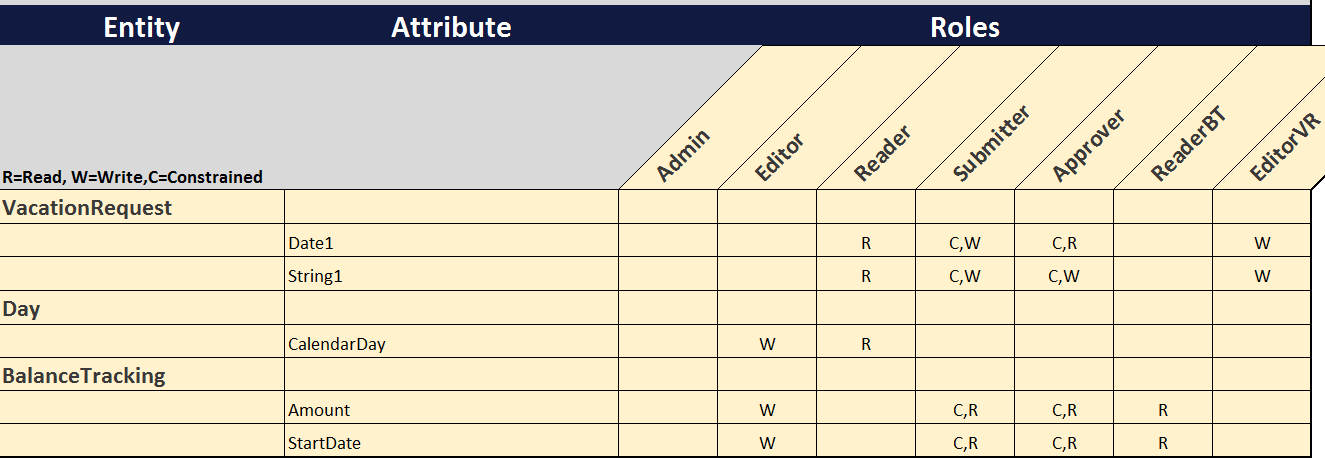A feature that is often requested is the ability for a privileged user to impersonate another user’s account. If you aren’t familiar with that, it just means that the privileged account wants to be able to see exactly what that other user sees on the same screens when they logon. It is primarily used for support purposes to assist the impersonated account. We’ve designed this feature in different iterations but it comes with a lot of education and security risks that must be addressed.
How To Build a Mendix Module Security Plan
Let’s face it: Application Security Modeling is a difficult topic. I’ve seen (and built) numerous attempts and security models using the Mendix framework, and they are rarely consistent and often misunderstood. I’m going to attempt to document my processes and procedures that I have determined to be best practices to hopefully help some developers out there struggling to find a “best practice security Mendix” search on Google. There are many ways to approach it so by no means is my approach the only way to do this, but I do know it works to ensure each element is considered in the modeling
How To Add Custom Security Options to a Mendix App - part 1
A lot of Mendix app developers are rightfully excited when they need to implement security; Mendix provides for the common options directly in the Business Modeler and in addition, there are modules such as LDAP and SAML that can be included into an app to take advantage of SSO. But what if you need to run security in the application but need to add customizations above and beyond what is provided in the default Mendix setup? I’m going to show you a few common requests that security teams ask for and show you how to implement them in your application.
How to build a Mendix Security Model – Part 2 Entity Vs. UI
Last time in this series, I wrote about the concept of roles and ways to design roles for a Mendix application. This time I’m going to talk about implementing security in the Entity and how that compares to setting up security in the User Interface (UI).
How to build a Mendix Security Model – Part 1 Roles and CI
This has come up quite a bit for me recently as I’ve been attached to multiple new Mendix projects. I get asked about roles, read/write, prototype vs production, and then the big question: How to add additional layers beyond what Mendix provides out of the box? Given the scale and scope of this topic, I’m going to break it up into a series of posts to help make all of you out there masters of security within Mendix. This first post is going to deal with Roles.









